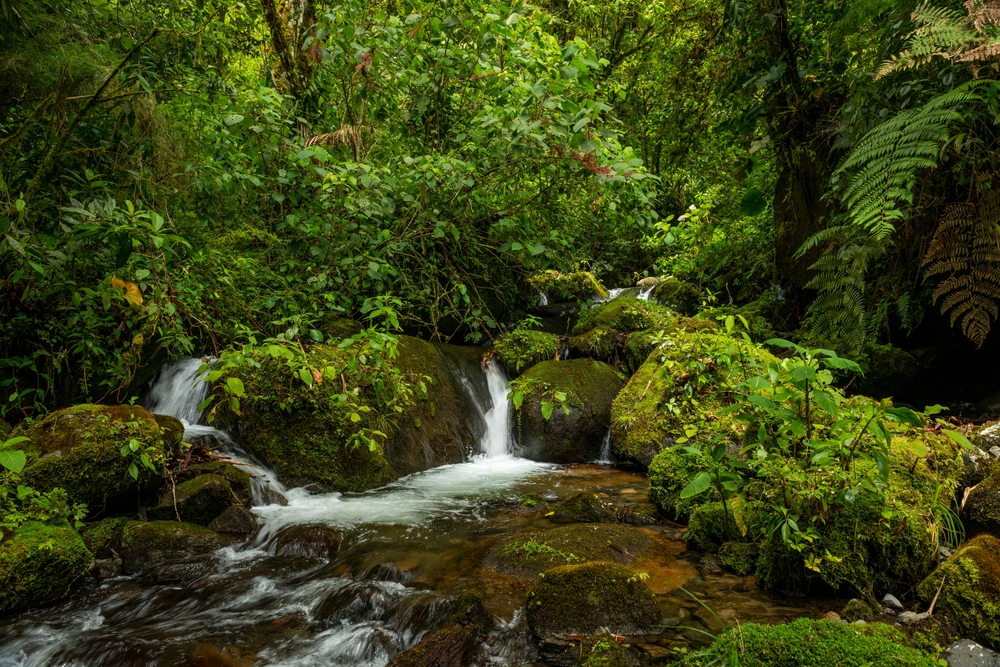Metropolitan Overview
Metropolitan National Park, known locally as Parque Natural Metropolitano, is a 573-acre (232-hectare) protected area located in the heart of Panama City, Panama. As one of the few tropical dry forests in Central America within an urban environment, it serves as a vital ecological haven amidst the expanding cityscape.
The park’s relatively small size belies its importance as a key green space providing a natural escape for locals and visitors alike. It is one of the most accessible national parks in Latin America, making it an ideal destination for those looking to experience Panama’s rich biodiversity without traveling far from the capital.
The park’s terrain consists of rolling hills, with the highest point being Cerro Cedro at approximately 492 feet (150 meters) above sea level. From this vantage point, visitors can enjoy panoramic views of Panama City’s skyline, the Panama Canal, and even parts of the Pacific Ocean.
The park’s landscape features a mix of secondary and primary tropical dry forest, with vegetation adapted to withstand periods of drought. The trees here include towering cuipo (Cavanillesia platanifolia), Spanish cedar (Cedrela odorata), and Panama trees (Sterculia apetala). Lush undergrowth provides habitat for a wide variety of wildlife, offering a dense, green refuge from the bustling city beyond its borders.
Wildlife is abundant in Metropolitan National Park, with over 280 bird species recorded within its boundaries, making it a hotspot for birdwatchers. Visitors may spot the vibrant Keel-billed toucan, the elusive Lance-tailed manakin, and even the endemic Yellow-green tyrannulet.
Mammals such as Geoffrey’s tamarin, a small and charismatic primate, are frequently seen in the treetops, while agoutis and coatis roam the forest floor in search of food. The park is also home to sloths, anteaters, and ocelots, although these species are more elusive and best spotted during quieter hours of the day. Reptiles, amphibians, and numerous insect species, including colorful butterflies, further enhance the biodiversity of this urban oasis.
One of the most popular features of Metropolitan National Park is its extensive trail system, which allows visitors to explore its diverse landscapes at their own pace. Trails such as the Mono Titi and Los Caobos offer shaded paths through the forest, with well-maintained routes leading to key viewpoints and resting areas. The park’s proximity to Panama City makes it an excellent spot for hiking, jogging, or simply enjoying nature.
Birdwatching tours, guided hikes, and educational programs are also available, allowing visitors to gain deeper insights into the park’s ecosystem and conservation efforts. The Visitor Center provides information on the park’s flora and fauna, as well as the importance of protecting green spaces within urban areas.
Conservation efforts within Metropolitan National Park have been largely successful, with reforestation and habitat restoration projects helping to maintain its ecological balance. However, challenges remain, particularly regarding urban encroachment and the effects of climate change on its fragile dry forest ecosystem.
Park authorities and conservation organizations continue to work towards sustainable management, ensuring that the park remains a refuge for wildlife and a source of environmental education for generations to come.

















































































